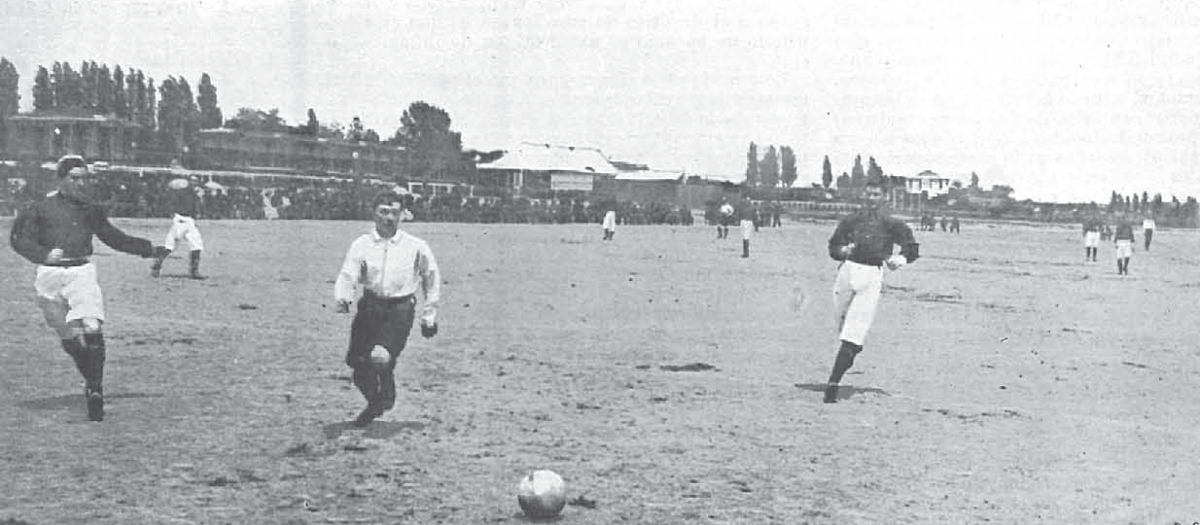May 13, 1902. One hundred and seventeen years ago. That was the day when FC Barcelona, formed two and a half years earlier, first appeared in Madrid to start off what was set to become arguably the greatest rivalry in world football.
The occasion was the semi-final of the Copa Coronación, organised to celebrate the crowning of 16-year old Alfonso XIII, and the first ever football competition involving teams from different parts of Spain. But although this would go down in history as the first ever edition of the famous Clásico, for the Catalans at the time, it was seen as nothing more than a prelude to the only match that really mattered – the inevitable final against the team from Bilbao. 'Athletic' were proclaiming themselves in the press as the best team in Spain, and Joan Gamper and his colleagues were determined to go to Madrid and set them straight.
FC Barcelona already had two years of experience of competitive football in the Copa Macaya, and their team, including two Swiss (Joan Gamper and George Meyer), a German (Udo Steinberg) and three Englishmen (Arthur Witty, John Parsons and Henry Morris) was expected to be far too strong for the newly formed Madrid FC (the 'Real' part would not be added until 1920), who had just one foreigner, and had only ever played a handful of friendlies against New FC, the only other team in the capital.
However, due to the difficulties travelling, FC Barcelona had far from a full strength team, and were obliged to include a number of inexperienced youngsters in their starting eleven.
Dangerous conditions
The venue was the hippodrome in La Castellana, one of Madrid’s grandest streets where the Santiago Bernabéu stands today. It was by no means perfect. In order for the game to be visible from both sides of a field normally used for horse racing, the playing area was ridiculously large, and horse manure had been used as fertiliser, which in those days created a huge risk of tetanus. Some likened the field to a death trap!
It kicked off at 11.00am, with Madrid wearing their now famous all-white strip, while FC Barcelona were dressed in their already traditional red and blue striped jerseys and white shorts.
The thought of losing this game probably never even crossed the minds of the FC Barcelona players, but once the ball started rolling they immediately realised that Madrid were a lot better than they had expected. The papers were particularly impressed by the only foreigner, Arthur Johnson, an Englishman who would also become the club’s first manager. It was he who opened the scoring, the first ever goal in what is now known as El Clásico.
Tension from the start
There were some indications of the years of rivalry to come between these teams. The crowd understandably got behind their own side and was not over-gracious in its attitude towards the visitors. Catalan sports weekly Los Deportes was most distressed to report that “the players, be they English German, Swiss or Barcelonan, complained about the lack of attention among the spectators, who applauded when Barcelona players fell over and when their own team scored, with silence reigning whenever Barcelona played well or scored a goal.”
Despite the adversity, the favourites eventually came good. Steinberg scored twice to put Barcelona in command, and the third and definitive goal was converted by Henry Morris from the penalty spot.
FC Barcelona were through to the final, although they would have to wait a little longer before they could claim to be the greatest side in the country. The combined Athletic Club / Bilbao FC team from the Basque Country would beat them in the final of what is now considered the first ever edition of the current Copa del Rey. At least the first Clásico had been won by FC Barcelona!
